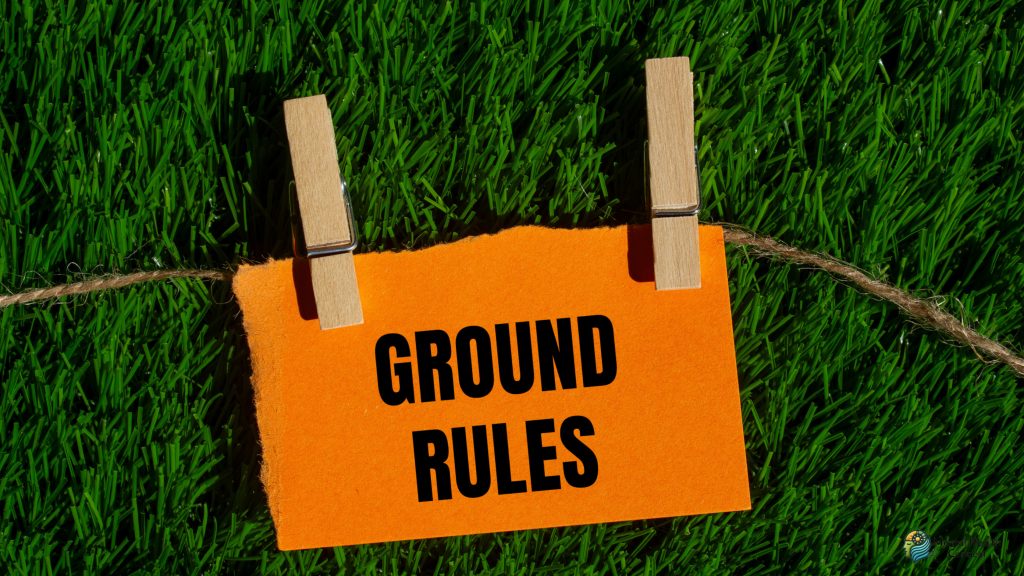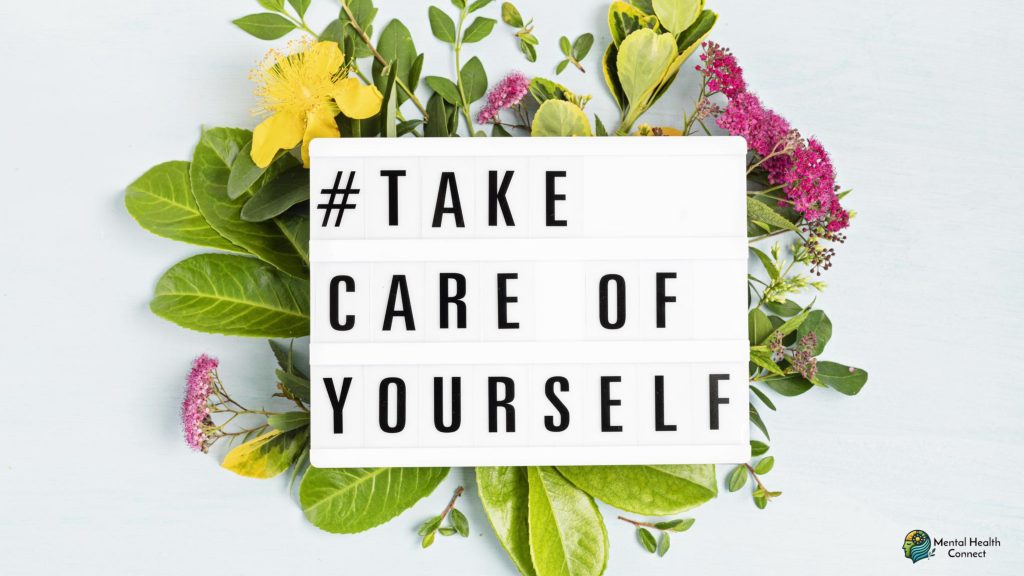Avoiding Burnout as a Solo Therapist: Systems and Boundaries That Work

As a solo therapist, you’re juggling multiple roles beyond just providing clinical care. From administrative tasks to marketing efforts, the demands can quickly become overwhelming. This guide offers practical strategies to create sustainable systems and healthy boundaries that prevent burnout while maintaining a thriving practice.
Understanding Therapist Burnout

Burnout among mental health professionals isn’t just feeling tired, it’s a state of chronic stress leading to emotional exhaustion, depersonalization, and reduced professional accomplishment. Solo practitioners encounter distinct challenges due to the absence of the support systems available in group practices or organizations.
Warning signs include:
- Dreading session days
- Difficulty empathizing with clients
- Increased irritability
- Sleep disturbances
- Neglecting self-care
- Professional isolation
Foundational Systems for Sustainable Practice

Client Scheduling System
Implement a scheduling system that respects your energy. Consider:
- Grouping similar types of sessions together
- Building in transition time between appointments
- Designating specific days for administrative work
- Setting realistic daily client limits (4-6 clients is often sustainable)
Administrative Efficiency
Create systems that minimize administrative burden:
- Use practice management software that integrates notes, billing, and scheduling
- Develop templates for common documentation
- Consider outsourcing insurance billing
- Batch administrative tasks rather than handling them piecemeal
Financial Management
Financial stress amplifies burnout risk. Establish:
- Clear fee policies and consistent enforcement
- Emergency funds for slow periods
- Systems for tracking business expenses
- Regular financial reviews to ensure practice sustainability
Setting Effective Boundaries

Client Boundaries
Clear client boundaries protect both you and those you serve:
- Establish communication policies (response times, emergency protocols)
- Define session start/end times and enforce them gently but firmly
- Create clear policies for cancellations and no-shows
- Consider implementing secure client portals for non-urgent communication
Personal-Professional Boundaries
Separate your therapeutic role from your personal life:
- Designate specific work hours and protect non-work time
- Establish clear physical boundaries for your workspace when working from home
- Create routines or rituals to help transition between work and personal time
Social Media and Online Presence
Digital boundaries are increasingly important:
- Determine your boundaries for interacting with clients across different platforms
- Consider separate professional and personal accounts
- Implement regular digital detoxes
- Be intentional about your online accessibility
Building Sustainable Self-Care

Professional Support Networks
Combat isolation through:
- Regular peer supervision or consultation groups
- Professional associations membership and participation
- Continuing education communities
- Therapist-focused social groups or forums
Personal Wellbeing Practices
Integrate regular self-care into your schedule:
- Schedule physical activity between sessions
- Practice mindfulness or meditation daily
- Maintain hobbies unrelated to mental health
- Plan regular vacations and truly disconnect
Ongoing Clinical Supervision
Even experienced therapists benefit from:
- Regular supervision or consultation
- Case discussions with trusted colleagues
- Professional development focused on difficult cases
- Support around counter-transference issues
Creating Work Rhythms That Prevent Burnout
Sustainable Scheduling
Design your schedule with energy management in mind:
- Honor your natural productivity patterns
- Build in buffer time between sessions
- Schedule regular breaks during the day
- Limit back-to-back difficult cases
Seasonal Planning
Recognize that practice needs change throughout the year:
- Adjust client load during high-stress seasons
- Plan lighter schedules around holidays
- Schedule vacations strategically
- Use slower periods for business development and planning
Technology Integration
Use technology thoughtfully to reduce burden:
- Automate appointment reminders
- Use secure messaging for non-urgent client communication
- Implement electronic intake and assessment tools
- Consider telehealth options for increased flexibility
When to Consider Structural Changes
Sometimes systems and boundaries aren’t enough. Consider:
- Transitioning to a group practice model
- Shifting your clinical focus toward populations that energize and inspire you
- Exploring alternative income streams like groups or workshops
Measuring Success Beyond Client Numbers
Redefine practice success to include:
- Sustainable income without burnout
- Professional satisfaction and growth
- Work-life integration
- Client outcomes rather than just client hours
Building a sustainable solo therapy practice requires intentional systems and clear boundaries. By implementing these strategies, you can continue providing quality care to your clients while maintaining your own wellbeing. Self-care isn’t a luxury or selfish indulgence, it’s the foundation of your therapeutic effectiveness and the key to sustaining a fulfilling career long-term.
FAQ :
- How many clients should a solo therapist see per day?
Most sustainable practices limit direct client contact to 4-6 sessions daily, allowing for administrative time and preventing emotional exhaustion. - What are signs of therapist burnout?
Key signs include emotional exhaustion, dreading client sessions, difficulty empathizing, irritability, sleep disturbances, and feeling ineffective professionally. - How do I set boundaries with therapy clients?
Establish clear policies around communication times, session length, cancellations, and emergency procedures, then communicate these consistently from the intake process forward.
Can therapists practice self-care during work hours?
Yes, building micro-self-care practices into your workday is essential. Schedule brief breaks between sessions, practice mindfulness transitions, and protect time for notes and reflection.
-
 Can Mindful Porn Use Support Better Mental Health?April 25, 2025
Can Mindful Porn Use Support Better Mental Health?April 25, 2025 -
 Can Marijuana Help with Depression or Make It Worse?April 25, 2025
Can Marijuana Help with Depression or Make It Worse?April 25, 2025

Leave a Reply